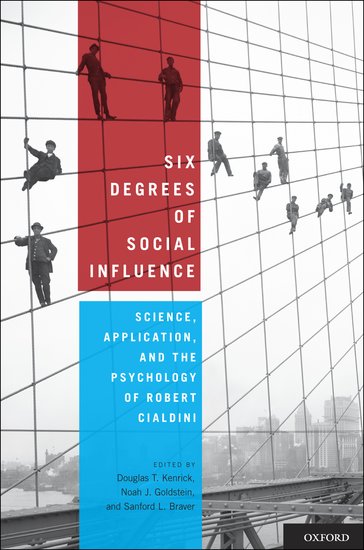A holiday maze
By Georgia Mierswa
Ah, the holidays. A time of leisure to eat, drink, be merry, and read up on the meaning of mistletoe in Scandinavian mythology… Taken from the Oxford Index’s quick reference overview pages, the descriptions of the wintry-themed words above are not nearly as simplistic as you might think — and even more intriguing are the related subjects you stumble upon through the OI’s recommended links. I’ll never look at a Christmas tree the same way again.











